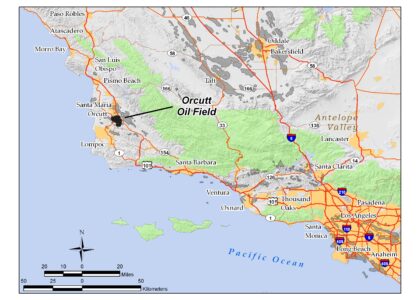As you approach this spot, imagine stepping back in time to an era when the lush forests of the southeastern United States were buzzing with the sounds of industry—specifically, the ancient craft of turpentine making. The production of turpentine, a resin distilled from the sap of pine trees, was a significant economic activity here. It shaped the lives of many and played a crucial role in both local and global trade.
The origins of turpentine making in this region date back to the early 18th century, when European settlers learned about the process from the Indigenous peoples, who had long been tapping pine trees for their resin. By the 19th century, turpentine production had become a booming industry, driven by the demand for naval stores—products used to maintain wooden ships. The resin extracted was distilled into spirits of turpentine and rosin, essential for waterproofing ships and maintaining their sails.
This site, once a bustling hub of activity, would have been filled with workers known as ‘naval stores men,’ laboring tirelessly to harvest and process the sticky substance. These workers, often part of a transient workforce, tapped the longleaf pines, which were abundant in this area. They used a method known as ‘boxing,’ where a box was cut into the tree to collect the flowing resin.
One of the key historical figures associated with the advancement of turpentine production was Charles Herty, a chemist who, in the early 20th century, revolutionized the industry by introducing the Herty system. This sustainable method of resin collection involved using clay cups and metal gutters, reducing tree damage and increasing resin yields. Herty’s innovation not only preserved the forests but also extended the life of the turpentine industry.
Throughout the 19th and early 20th centuries, this area would have been alive with the sounds of horse-drawn wagons transporting barrels of resin, the clinking of tools, and the bustling activity of distillation. The industry reached its peak in the late 1800s when the United States became the world’s leading producer of naval stores.
However, the industry began to decline in the mid-20th century. The advent of synthetic substitutes and changing industrial needs reduced demand for natural turpentine and rosin. Additionally, over-harvesting and unsustainable practices led to a depletion of the longleaf pine forests, prompting a shift towards more sustainable forestry practices.
Today, while the turpentine industry no longer dominates the landscape, its legacy lives on. The process contributed significantly to the economic development of the southeastern United States and left an indelible mark on the cultural and ecological landscape. The remnants of this once-thriving industry can still be seen in local museums and historical sites, where stories of the naval stores men and their craft are preserved.
As you continue your journey, consider how the echoes of this past still resonate in the pine forests around you, a testament to the ingenuity and resilience of those who worked here. The turpentine industry may have faded, but its impact on the region’s history and development remains significant, a reminder of a time when the world relied on the natural resources of these ancient woods.






